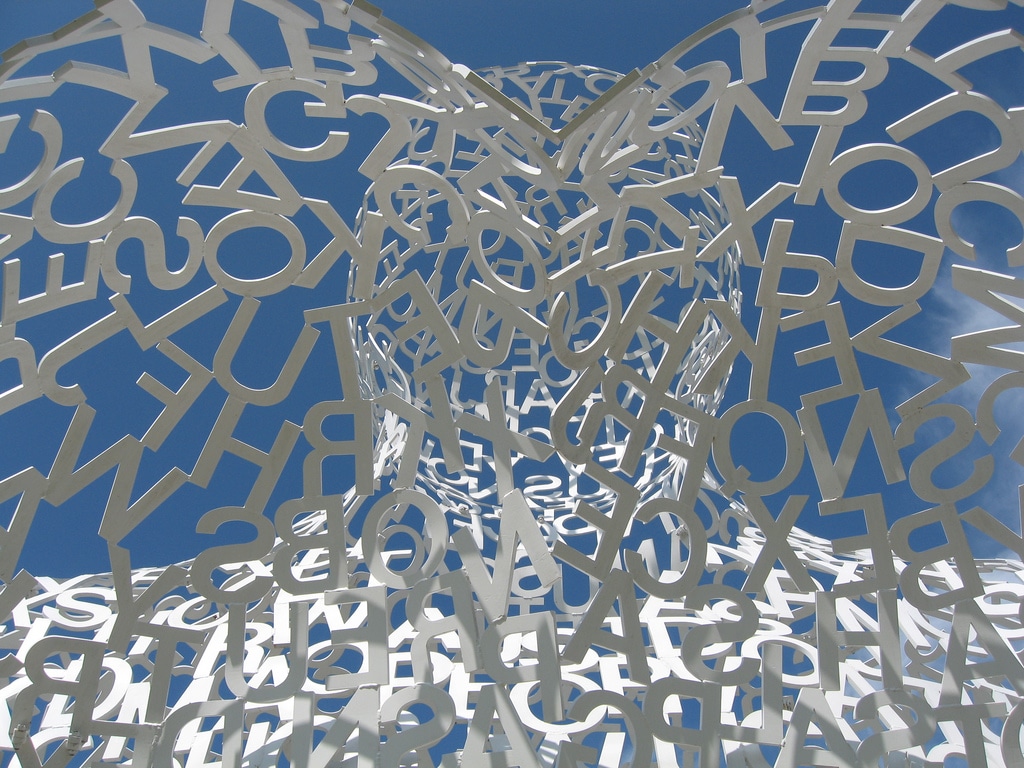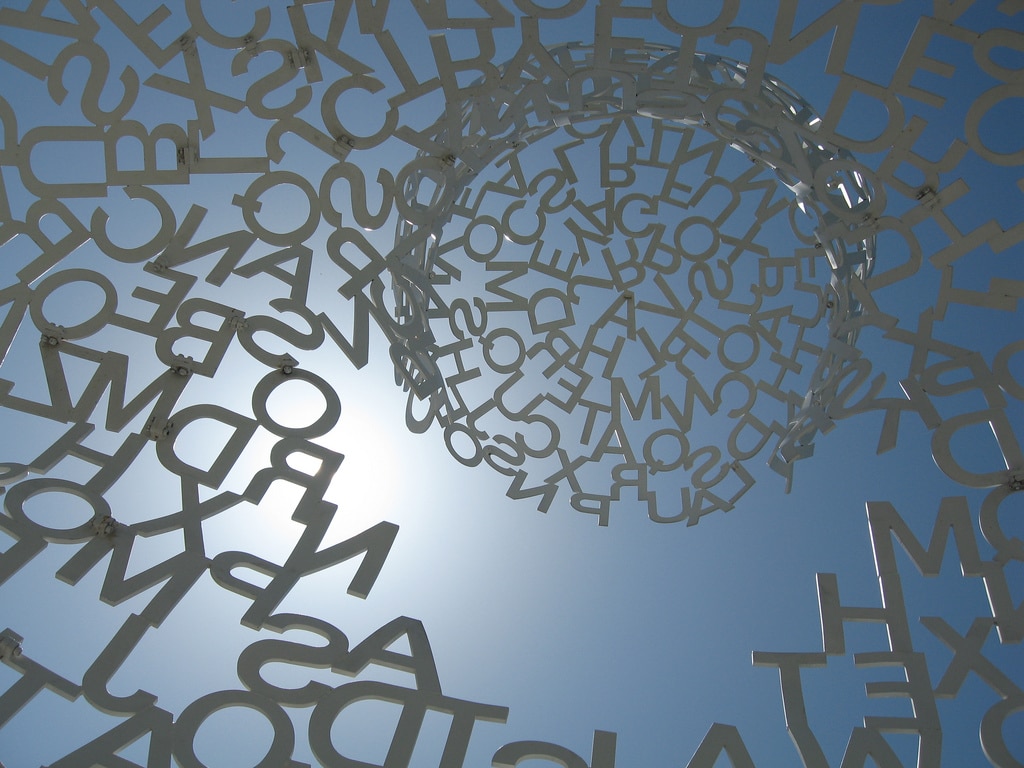


Nomade
The sculpture originally appeared in Antibes in the summer of 2007. During the closing of the Musée Picasso from March 2006 to July 2008, the deputy mayor of Antibes requested an outdoor project from curator Jean-Louis Andral. One of his leads was Plensa, as Andral was familiar with his monumental work in several metropolises throughout the world. The artist was charmed, and in a stroke of luck he had a sculpture in production for the Art Basel fair in Miami. It was an instantaneous and almost magical alchemy that occurred between the Nomade and the newly restored Saint-Jaume bastion. It was a meeting between a place and a work of art. “Nomade” was celebrated by thousands of visitors seduced by the presence of this monumental statue, sitting on the city ramparts, its imaginary gaze locked into the vastness of the Mediterranean Sea.
Subsequently, this sculpture left for Miami and was acquired by art collectors Mary and John Pappajohn of Des Moines. The city of Antibes Juan-les-Pins ordered a similar sculpture, and Jaume Plensa returned to Port Vauban, this time to anchor his lettered giant definitively. It was inaugurated in May 2010 in the presence of Frédéric Mitterand, Minister of Culture and Communication.
Jaume Plensa uses letters as the basic components of much of his art, which explores communication issues whether between individuals or cultures. This work depicts a crouching, anonymous figure, with a “skin” composed of letters from the Latin alphabet. The sculpture exemplifies Plensa’s ongoing interest in ideas presented in written text, as well as the human body and how it perceives the world around it.
He has described individual letters or symbols as components that have little or no meaning on their own, but blossom into words, thoughts, and language when combined with others. Plensa’s screens of letters offer a metaphor for human culture, in which a person alone has limited potential, but when formed into groups or societies, becomes stronger.
Nomade engages the viewer on many levels, from our recognition of the letters that form the shape, to our own physical interaction with the work as we view it from afar or from inside the work’s interior space.
"It’s an open piece, inviting people to enter it, like a grand-mother embracing her children." ...
Letters, like living cells composing a giant body. This one is 8 metres high and weighs 6 tons of steel. Could its creator be a biologist of words? ...
"I always imagined that our skin is permanently tattooed with text – our life, our experiences – tattooed, but with invisible ink. And then suddenly, somebody is able to decipher these tattoos; that person becoming a lover, a friend. That is probably why I work with sculptures like this, this human form composed solely of letters, like cells. It’s almost biological." ...
These letters, he solders them, but he also pastes them on paper, on bodies or anonymous faces, on erotic magazines found in the streets of Japan – whatever, as long as they communicate. ...
"People believe that a letter is nothing, that it is anonymous, but in relationship with other letters they form words, the words with other words create texts, the texts with other texts create culture, and so on." ...
Words to share ideas. In a series of canvasses the Catalan sculptor has integrated the Universal Declaration of Human Rights, word for word. ...
"People always think that the Universal Declaration is something meant for politicians, for abiding laws in countries, and similar things. But I believe that they rather apply on an intimate level; what do we do?" ....
Jaume Plensa




